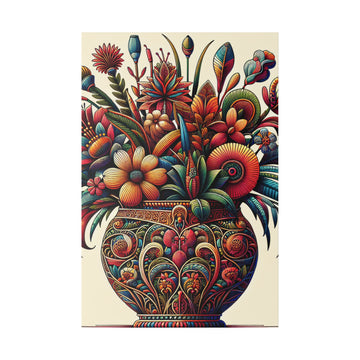Personalize Your Paradise: Customizable Wall Decals for Unique Home Décor
Personalize Your Paradise: Customizable Wall Decals for Unique Home Décor
Blog Article
In the commotion of town roads on the calm edges of suburban laneways, neighborhood art work has blossomed right into a ethnic trend that is certainly as varied as the surfaces it adorns. Faraway from the confines of standard art galleries as well as the exclusivity of high-end artwork organizations, neighborhood artwork opens a dialogue between tradition and the public. In this thorough look at the movement, we'll explore the abundant history and contemporary relevance of Acrylic Wall Art as well as the influence they have on our downtown scenery.

The Beginnings of the Metropolitan Innovation
To really understand the value of neighborhood artwork, we should take another look at the sociopolitical weather conditions that birthed the movements. At first a kind of below the ground protest and a assertion of societal pride throughout the framework of a marginalized immigrant and youngsters culture, neighborhood art work was ways to reclaim public areas and obstacle the position quo.
Certainly one of neighborhood art's most significant pioneers, the enigmatic Banksy, exemplifies this ethos. His work often bears poignant sociable messages, incorporating dark sense of humor with incisive politics commentary. Banksy's anonymous persona also features the notion that neighborhood craft is, at its key, a moderate for that voiceless to get listened to.
Juxtaposed together with the transgressive mother nature of earlier streets art, the activity has evolved to turn into a legitimate form of modern day craft. Nowadays, metropolitan areas like Berlin, New York, and Melbourne take pride in their neighborhood craft, realizing it as a an important component of their ethnic identification.
As soon as the Roads Talk
What units neighborhood craft apart from other imaginative expressions is its interaction with all the atmosphere. Every mural, tag, or paste-up can be a dialogue with the cityscape, a evidence of the artist's potential to answer and amplify the metropolitan surroundings. Beyond sheer beauty, neighborhood artwork results in a sense of place, taking the rhythm and pulse of area existence.
Street art is likewise inherently ephemeral. The impermanence of its canvases, on account of weather or perhaps the city's cleanliness procedures, imbues these artworks having a poignant temporality, urging people to appreciate them while they previous.
Navigating Lawful and Honest Gray Zones
Despite street art's growing recognition, it remains to be a practice fraught with lawful and moral complexities. The act of positioning art without approval increases queries about community management of space along with the function of your musician in the community. What comprises vandalism and exactly what is deemed a general public services are often up for debate.
Several municipalities have produced plans to assist road art work, providing lawful avenues for artists to beautify the metropolis. Plans like São Paulo's Galeria de Arte Urbana and New York's Percentage for Art Plan display a shift in frame of mind, acknowledging street art's contribution to downtown looks and interpersonal discourse.
Neighborhood Craft from the Computerized Grow older
The growth of social media marketing and computerized technologies have propelled streets craft to new levels of exposure. Platforms like Instagram enable musicians to share their job immediately, getting to a worldwide audience. Hashtags and geotags have changed once-secret gems into sightseeing attractions, redefining the relationship between artwork, the public, along with the computerized kingdom.
Nonetheless, this newly found notoriety has generated worries about validity along with the commercialization of streets art work. With well known brands and advertising organizations appropriating the design, some debate that the movements is shedding its countercultural benefit.

The Legacy of Apply-Decorated Desires
At its central, road artwork continues to be a democratic and reachable kind of expression. It speaks to the assortment and vibrancy of the urban areas, becoming both a mirror to community as well as a driver for transform. Whether or not it's a powerful mural advocating for social justice or perhaps a unique piece that can bring a grin into a passerby, neighborhood artwork continues to enhance our places and problem our perceptions of craft.
The future of neighborhood art is based on how we, as being a culture, choose to support and participate by using it. By accommodating the voices of musicians within our city organizing, we are able to foster situations where neighborhood art work thrives. It's not only about what we see on the wall surfaces it's about the testimonies and discussions these particular active, expressive canvases stimulate.
Report this page